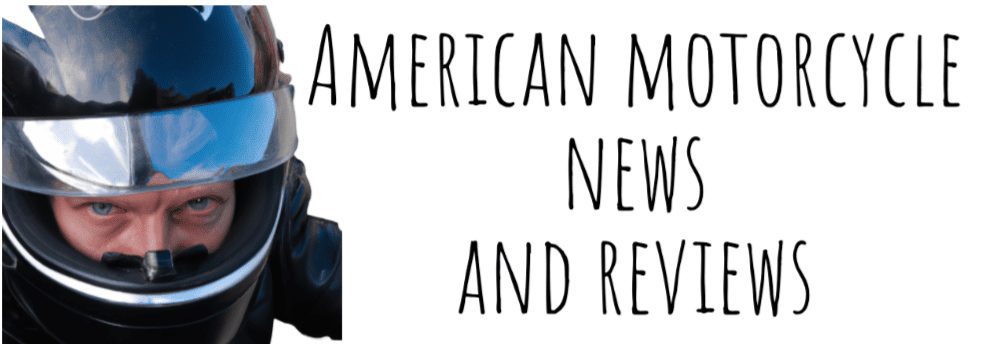Most people who are just starting out riding their motorcycle don’t necessarily understand how to ride a motorcycle uphill or downhill.
While it can seem simple at first, the truth is that it can be a fairly tricky process, especially for new riders.
Therefore, while riding downhill can still be be fairly easy in comparison, you need to be especially careful when you start riding uphill.
Here is a dedicated guide to help you better understand how you can easily ride your bike uphill.
The two possible situations to occur on a steep hill
When you are riding your motorcycle up a steep hill, you can easily find yourself in two very different situations.
Both of these situations can be difficult to overcome if you don’t have the proper experience to ride a motorcycle.
Bike Stopping Uphill
The first situation that you could find yourself in is when your bike stops when climbing a hill. This can be a little scary, since you now have to start your bike on a steep hill.
Compared to starting a bike on flat ground, starting a bike on a steep hill climb can be very tricky, since you want to make sure your bike doesn’t roll backwards downhill as you start.
Luckily, there is a simple way that you can start your bike again when it stops on a steep inclines. All you need to do is be a little more vigilant when you’re starting your bike.
Keep the rear brake and front brake engaged
The the best way to start your bike when uphill riding is to keep both your front brake and rear brake engaged.
By keeping both brakes engaged, you can keep your balance, and it will keep your bike from rolling downhill. You should also keep your left foot down so that you don’t tilt the bike to one side and fall over.
Next, you want to make sure that you don’t stall the engine as you try to turn it back on again. Since you’re no longer worried about the bike rolling backwards you can now focus on giving your bike engine enough power to get it started.
your Engine will need more power
Since your bike in on a steeper hill, you will need even more gas to help it get started. After you kick start the bike with your right foot, you want to feel out the friction zone of your bike before letting go of the clutch.
While this might sound a little strange, the truth is that a motorcycle behaves a little differently when it is up a hill. The engine load changes and so does the friction zone.
But now that you have your bike moving, how do you keep it in its smoothest engine operation.
Keeping your bike running uphill
While keeping your bike stationary on a hill requires you to keep your hands on the back and front brakes, making sure that the brake pads are keeping the wheels in place.
However, when you finally get your bike moving, you want to keep it moving by focusing on your rpm.
RPM plays a crucial role in helping you change gears and move up a hill.
How engines work
Engines are designed to handle an rpm of over 5,000. Therefore, the problem with these engines is that they can struggle when you are trying to shift gears at a slower rpm.
Not only does this effect the engine speed, but shifting gears can actively become detrimental to your bike when traveling uphill.
And since your RPM will always dip every time you shift your gears, there will be a lot more load on your motorcycle.
The load on an engine when a motorcycle is at a low rpm and is trying to accelerate is much greater. This will also affect the gear ratio in accordance to the load on the engine.
Therefore, you will have to manage this engine load effectively when going uphill.
Going Uphill on a steep grade
When you start with the first gear, that is when your motorcycle takes on most of the load. But along with taking on the bulk of the load, but changing gears usually comes down to personal preference.
The thing that you really want to be focusing on is your rpm. If your rpm is dropping as you climb a hill, you will likely want to drop to a lower gear.
Most people will drop to the second gear, since that offers the best speed to rpm ratio.
Using an engine brake to slow down
While you could always use your brakes to try and slow down your motorcycle, you can also use the engine brakes. These brakes make the engine a powerful air compressor, slowing down your motorcycle without having to use your brakes. It is especially useful when you’re coming downhill.
What happens if your bike stalls
Stalling your bike even in a parking lot with no one watching or on a straight road can be embarrassing. But when going uphill, it can be actively dangerous.
Therefore, if you happen to find yourself in a situation like this, you want to make sure that you can stop your engine from stalling and easily make it start.
Give more gas for better rpm on the rear wheel
When the engine starts to stall, you want to turn your key and then start your bike again, while pushing down on the throttle.
Remember to give your bike a lot more gas than you expect, since that can help the engine run faster and improve your rpm.
The heaviest load on an engine is when you are riding a motorcycle uphill under 2000 rpm. It takes extra strain when you try to upshift in this state.
Therefore, you should try to gradually release the clutch and feel out the friction zone to find the best time to let go of the clutch. If all things go right, you will be able to start your bike and keep it rolling without making the engine stall.

